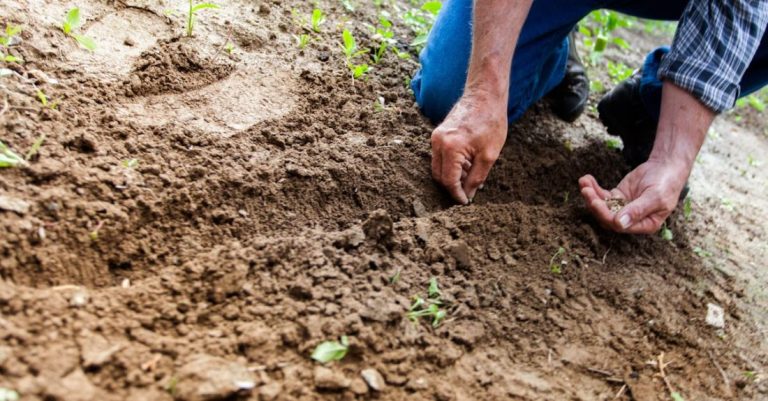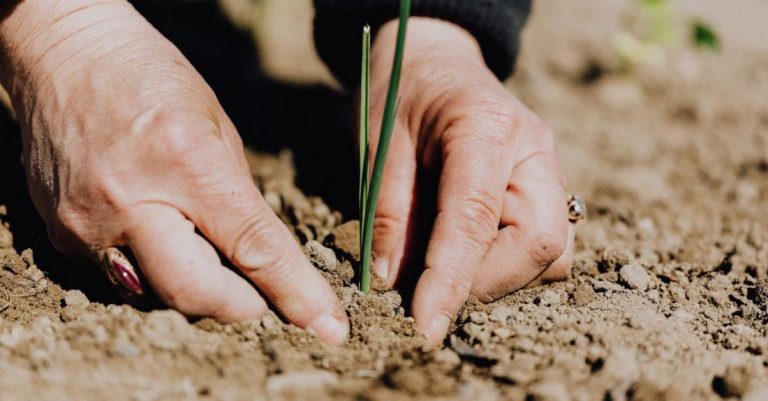
Embarking on the journey of creating your own vegetable garden can be a rewarding and fulfilling experience. With proper planning and organization, you can cultivate a thriving garden that yields an abundance of fresh produce. To ensure success, it is essential to develop a well-thought-out vegetable garden plan that takes into account factors such as space, sunlight, soil quality, and plant selection. By following these steps and guidelines, you can set yourself up for a successful and bountiful harvest.
Selecting the Ideal Location
The first step in creating a vegetable garden plan is to choose the right location for your garden. Select an area that receives ample sunlight, ideally at least six to eight hours per day. Vegetables require sunlight to photosynthesize and grow efficiently. Ensure that the location is also easily accessible for watering, weeding, and harvesting.
Consider the proximity to a water source to make watering more convenient. Additionally, assess the quality of the soil in the chosen location. Opt for well-draining soil rich in organic matter to provide essential nutrients for your plants. Conduct a soil test to determine the pH levels and nutrient content of the soil, and amend it as needed to create an optimal growing environment for your vegetables.
Planning the Layout
Next, plan the layout of your vegetable garden based on the available space and the types of vegetables you wish to grow. Consider the mature size of each plant and provide adequate spacing between rows to allow for proper growth and airflow. Group vegetables with similar water and sunlight requirements together to make maintenance easier.
You can choose from various garden layouts, such as raised beds, container gardens, or traditional in-ground planting. Raised beds are beneficial for improving drainage and soil quality, while container gardens are ideal for small spaces or areas with poor soil. Tailor the layout to suit your space, preferences, and gardening goals.
Choosing Vegetables to Grow
When selecting vegetables to grow in your garden, consider factors such as your climate, growing season, and personal preferences. Choose vegetables that thrive in your region and are well-suited to the amount of sunlight and temperature fluctuations in your area. Consider planting a mix of vegetables to ensure a diverse and balanced harvest throughout the growing season.
Popular vegetables for beginner gardeners include tomatoes, peppers, lettuce, cucumbers, and zucchini. Research the specific planting requirements for each vegetable, including spacing, watering, and fertilization needs. Consider companion planting to maximize space and deter pests naturally. By selecting a variety of vegetables that complement each other, you can create a harmonious and productive garden.
Implementing a Maintenance Schedule
To ensure the success of your vegetable garden, establish a maintenance schedule that includes tasks such as watering, fertilizing, weeding, and pest control. Monitor the moisture levels of the soil regularly and water your plants deeply to encourage strong root growth. Fertilize your vegetables with organic matter or a balanced fertilizer to provide essential nutrients for healthy growth.
Stay vigilant against weeds and remove them promptly to prevent competition for nutrients and sunlight. Implement natural pest control methods such as companion planting, beneficial insects, or organic pesticides to protect your plants from common garden pests. Regularly inspect your plants for signs of disease or nutrient deficiencies and address any issues promptly to prevent widespread damage.
Harvesting and Enjoying the Fruits of Your Labor
As your vegetables mature and thrive, monitor their progress and harvest them at the peak of ripeness for the best flavor and nutritional content. Enjoy the satisfaction of harvesting your own fresh produce and incorporating it into delicious meals. Experiment with different recipes and cooking techniques to fully appreciate the flavors of your homegrown vegetables.
By following these steps and guidelines, you can create a vegetable garden plan that sets you up for a successful and fulfilling gardening experience. With careful planning, maintenance, and dedication, you can cultivate a thriving garden that provides you with a bountiful harvest of fresh and nutritious vegetables. Start your vegetable garden journey today and reap the rewards of growing your own food.





